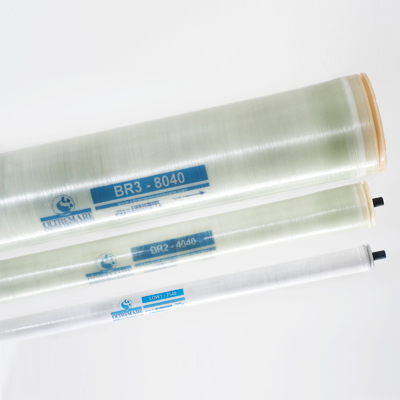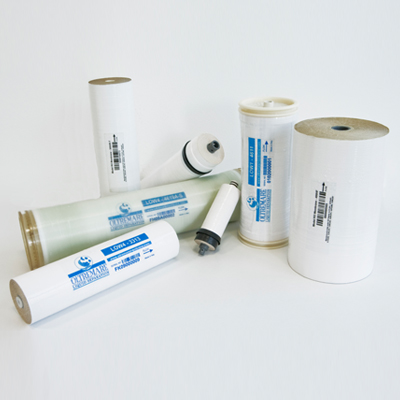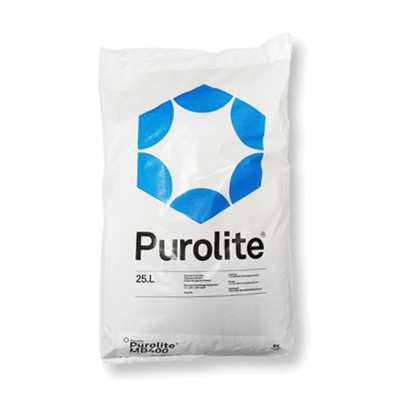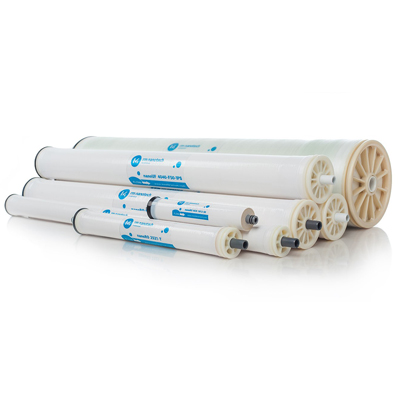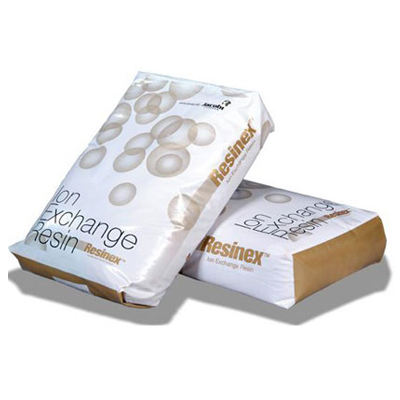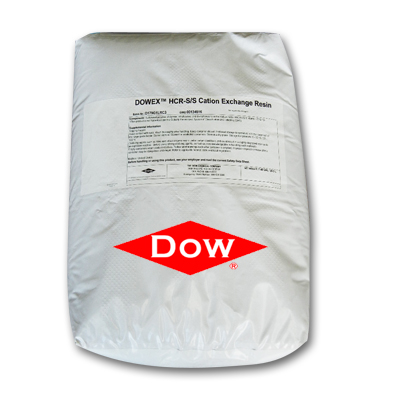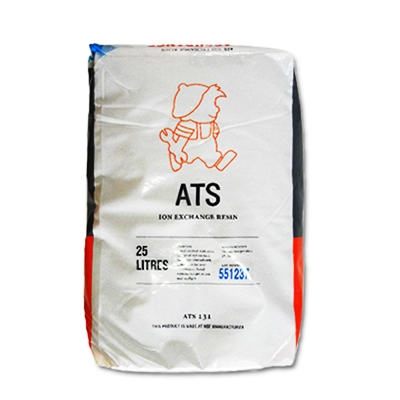PRODUCT INFORMATION
Chloramines Removal Technology
- front page
- product
- Water Treatment Technology
- Technology Development Department
- Chloramines Removal Technology
Product Information
- heat treatment
-
water treatment
- Arsenic remover
- Desulfurizer
- Deaerator
- Water softener (calcium and magnesium ion removal)
- Carbon filter (removes odor and residual chlorine)
- Sand filter (removal of suspended impurities)
- Iron remover (removal of iron and manganese ions)
- RO water purifier
- Pre-backwash filter
- UV ultraviolet sterilizer
- Ion exchange resin
- reverse osmosis membrane tube
- quick filter
- Various tanks for water treatment
- Various application filter media
- 美國 Clack Clark control valve
- 美國 Fleck Control Valve
- 美國 Pentair Control Valve
- 美國 Autotrol Control Valve
- Runxin Control Valve
- Injection treatment
- Technology Development Department
-
brand
- Demo brand
- US DOW
- IDEX USA
- US CLACK
- EMERSON, USA
- American PENTAIR
- SIEMENS Germany
- American PULSAFEEDER
- Denmark DANFOSS
- Thailand HAYCARB
- France SUNTEC
- UK PUROLITE
- Japanese NOP
- Japan OLYMPIA
- Japan KATSURA
- BRAHMA, Italy
- SAGINOMIYA
- HONEYWELL
- AZBIL (YAMATAKE)
- OLTREMARE
- NIPCON
- TROCHOID
- domestic
- EGO
- KATO
- LECIP
- ATS
- JACOBI
- ETATRON
- WAVE CYBER
- BOSCHINI
- NIPPON
- WL
- CASH ACME
- YAZAKI
- RUNXIN
- About | Contact
Chloramines Removal Technology
Technical explanation
problem lies in:
Some areas have recently increased the pH of urban tap water in accordance with 美國's newly proposed regulations on lead levels in water. However, when the pH value of the water exceeds 9 and the water contains chloramines, we observed that the repulsion of the polyamide thin film composite membrane (filter membrane) to the solute in the water decreases. It is generally believed that high pH in water causes chloramines to separate into ammonium ions and hypochlorite ions. Ammonium ions are difficult to remove by activated carbon treatment, so when ammonium ions interact with polyamide membranes (filters), their repelling properties deteriorate. Often this can be adjusted to reduce this repellency by lowering the pH of the water supply. Note: Most larger urban water systems now treat water with chloramines (vs. free chlorine). This can greatly reduce the performance and lifespan of the chlorine membrane.
Solution technology:
Chloramines must be completely removed from the water at pH above 9 to eliminate its potential damage to the membrane. This damage may be caused by the separation of chloramines into ammonia and chlorine. The method to remove chloramines can be completely removed by appropriately adjusting the activated carbon pretreatment system at a rate of 1.35 cubic feet per minute (equivalent to 10 minutes of empty bed contact time). NOTE: The damage effect is more pronounced when water stagnates on the membrane surface. The use of osmotic flushing is recommended to prevent any membrane damage.

